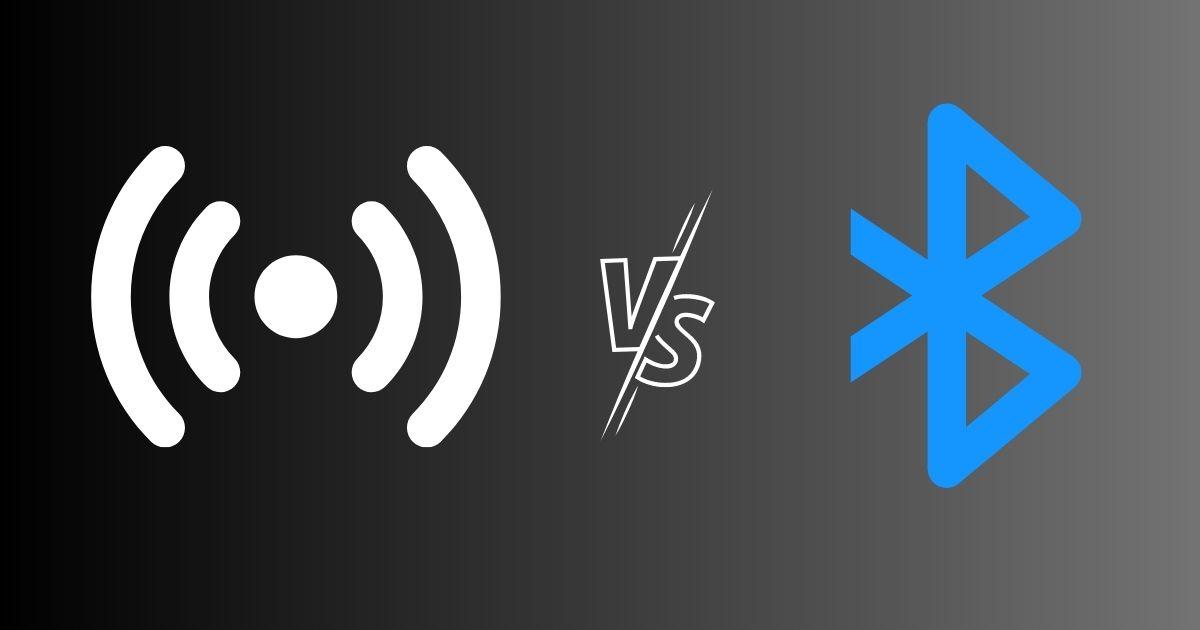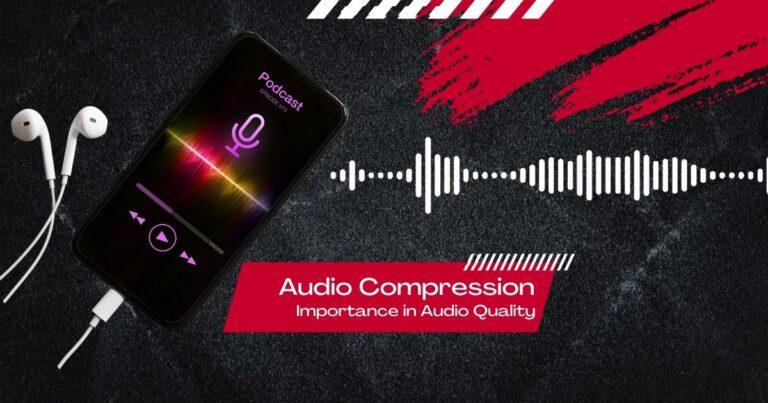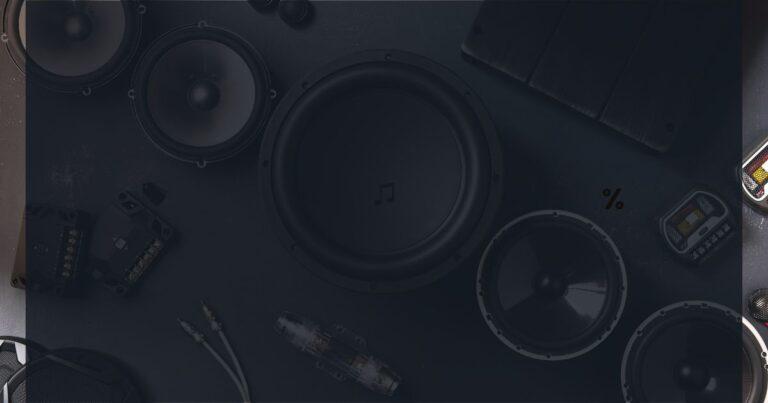Wireless vs Bluetooth: Unraveling the Battle of Wireless Technologies
This post has affiliate links. We get commissions for purchases made through links in the post
Unveiling Distinctions: Wireless vs. Bluetooth Technologies in the Contemporary Era.
In this article, we will delve into the realm of wireless and Bluetooth technologies. We are also unlocking a deeper understanding of their unique characteristics and applications in our modern society. Their advantages and disadvantages are exploring.
We also look at frequently asked questions by an end user. So, you will be empowered to make an informed decision. Thus, it will help selecting the ideal wireless solution to suit your specific requirements.
Wireless and Bluetooth technologies are popular contender in the wireless world. They have emerged as prominent players in facilitating seamless connectivity and communication.
Wireless and Bluetooth technologies have become an integral part of our daily lives. Audio streaming, file sharing, or connecting various devices are daily chores we follow.
Both wireless and Bluetooth options offer wireless communication capabilities. Yet they differ in various aspects, warranting a closer examination.
In this post, we will dive deep into the wireless vs Bluetooth debate. We will put light on their differences, applications. We will also everything you need to know to make an informed choice.
Defining Wireless Technology
Wireless technology is a communication method. This method enables the transfer of data between devices without the need for physical connections. It encompasses a broad spectrum of technologies.
For example, Bluetooth, Wi-Fi, infrared, and cellular networks all come under the domain wireless. Wireless technology allows devices to communicate with one another over radio waves.
Thus, it enables seamless data transfer and connectivity.
Understanding Bluetooth Technology
Bluetooth, on the other hand, is a specific wireless technology that focuses on short-range communication between devices. This technology is developed by Ericsson in the 1990s. The Bluetooth technology operates within a frequency range of 2.4 to 2.485 GHz.
Thus, it uses low-power radio waves to establish connections. It is primarily designed for exchanging data and connecting devices in close proximity.
Wireless and Bluetooth Technologies: A Comparative Analysis
1. Wireless Technology
Unleashing the Power of Connectivity Wireless technology is a broad term encompassing various wireless communication protocols. This also includes Wi-Fi, cellular networks, and satellite communication.
Its primary goal is to establish wireless connections over long distances. So that enabling devices to communicate and exchange data without physical connections.
Wireless technology boasts extensive applications in multiple domains. They range from home automation and industrial systems to healthcare and transportation.
2. Bluetooth Technology
The Essence of Wireless Convenience Bluetooth technology. On the other hand, it focuses on short-range wireless communication within a limited proximity. It enables the connection and data exchange between devices.
These devices include smartphones, tablets, laptops, and peripheral devices like speakers, headphones, and keyboards.
Bluetooth technology finds extensive usage in personal and consumer electronics. Thus, it allows for convenient and hassle-free wireless connectivity.
Applications of Wireless and Bluetooth Technologies
Wireless Technology in the Modern World
Wireless technology has revolutionized various industries, providing flexible and convenient solutions for a wide range of applications. Here are some of its key applications:
Wireless Networking: Wireless technology enables the creation of networks without the need for physical connections.
This is particularly useful in office environments, public spaces, and homes, where wired connections may be impractical or inconvenient.
Mobile Communication: Cellular networks rely on wireless technology to enable seamless communication between mobile devices.
From voice calls to data transfer, wireless networks provide the backbone for modern mobile communication.
Internet of Things (IoT): Wireless technology plays a vital role in the IoT ecosystem, allowing devices to communicate and share data wirelessly.
This is essential for applications such as smart homes, industrial automation, and remote monitoring.
Bluetooth Technology and Its Versatility
While Bluetooth falls under the umbrella of wireless technology, it has carved out a niche for itself with its unique features and capabilities. Let’s explore some of its primary applications:
Wireless Audio Streaming: Bluetooth has revolutionized the way we listen to music, providing wireless audio streaming capabilities.
From headphones and speakers to car audio systems, Bluetooth allows us to enjoy our favorite tunes without the hassle of tangled cables.
Hands-Free Communication: Bluetooth-enabled devices, such as earphones and car kits, provide hands-free communication options.
This ensures safer communication while driving or engaging in other activities that require your attention.
Peripheral Device Connectivity: Bluetooth allows seamless connections between devices and peripherals. Keyboards, mice, game controllers.
Also, smartwatches can all be easily connected to compatible devices using Bluetooth technology.
Pros and Cons of Wireless and Bluetooth Technologies
Wireless Technology: Advantages and Disadvantages
Advantages
- Extensive coverage area, allowing connectivity over vast distances.
- High data transfer rates, ensuring efficient and speedy communication.
- Compatibility with a wide range of devices, facilitating seamless integration.
- Versatility in terms of network topologies, including point-to-point, mesh, and ad hoc networks.
Disadvantages
- Potential security vulnerabilities, necessitating robust security measures.
- Susceptibility to interference from other electronic devices or physical obstacles.
- Reliance on external power sources, limiting mobility in certain scenarios.
Bluetooth Technology: Advantages and Disadvantages
Advantages
- Low power consumption, ensuring prolonged battery life for connected devices.
- Simplicity of setup and usage, making it user-friendly for all levels of technical expertise.
- Enhanced security features, including encryption protocols to protect data transmission.
- Support for multiple device connections simultaneously, promoting versatility.
Disadvantages
- Limited range of connectivity, typically within a range of 30 feet (10 meters).
- Relatively slower data transfer rates compared to other wireless technologies.
- Incompatibility with certain devices or older hardware lacking Bluetooth capabilities.
Conclusion
As we conclude our exploration of the wireless vs Bluetooth battle, it’s evident that both technologies have their own strengths and applications.
Wireless technology, with its broad spectrum of applications, offers flexibility and scalability for various connectivity needs.
On the other hand, Bluetooth technology excels in short-range communication and has found its niche in audio streaming and peripheral device connectivity.
Ultimately, the choice between wireless and Bluetooth technologies depends on your specific requirements.
Consider factors such as range, data transfer speeds, power consumption, and compatibility with your devices.
By understanding the unique characteristics of each technology, you can make an informed decision and embrace the wireless world with confidence.
FAQs about Wireless vs Bluetooth
A: Wireless is a broad term that encompasses various wireless communication methods, while Bluetooth is a specific wireless technology used for short-range communication between devices. Bluetooth is one of the wireless technologies used in audio devices.
A: Bluetooth is known for its ease of use, compatibility with a wide range of devices, and efficient power consumption. This FAQ could delve into how Bluetooth stacks up against other wireless options in terms of audio quality, latency, and convenience.
A: It’s essential to understand the terminology when shopping for audio devices. While “Wireless” may refer to any cordless technology, “Bluetooth” specifically indicates a device’s compatibility with Bluetooth technology. This FAQ can help consumers make informed choices.
A: Bluetooth offers convenience, but it’s not without limitations. Common issues like range limitations, potential audio quality degradation, and latency can be addressed in this FAQ, helping users understand when Bluetooth may not be the ideal choice.
A: In addition to Bluetooth, there are other wireless technologies like Wi-Fi, NFC, and proprietary wireless protocols. This FAQ can explore scenarios where these alternatives excel, such as in-home audio streaming or gaming applications.
- How Do Wireless Earbuds Work? Wireless Earbuds Explained - 25- December, 2023
- Headphone Wireless Technology You Must Know About - 20- December, 2023
- 7 Best TWS Earbuds for Small Ears USA 2024: Top 4 Earbuds You Must Buy - 18- December, 2023







